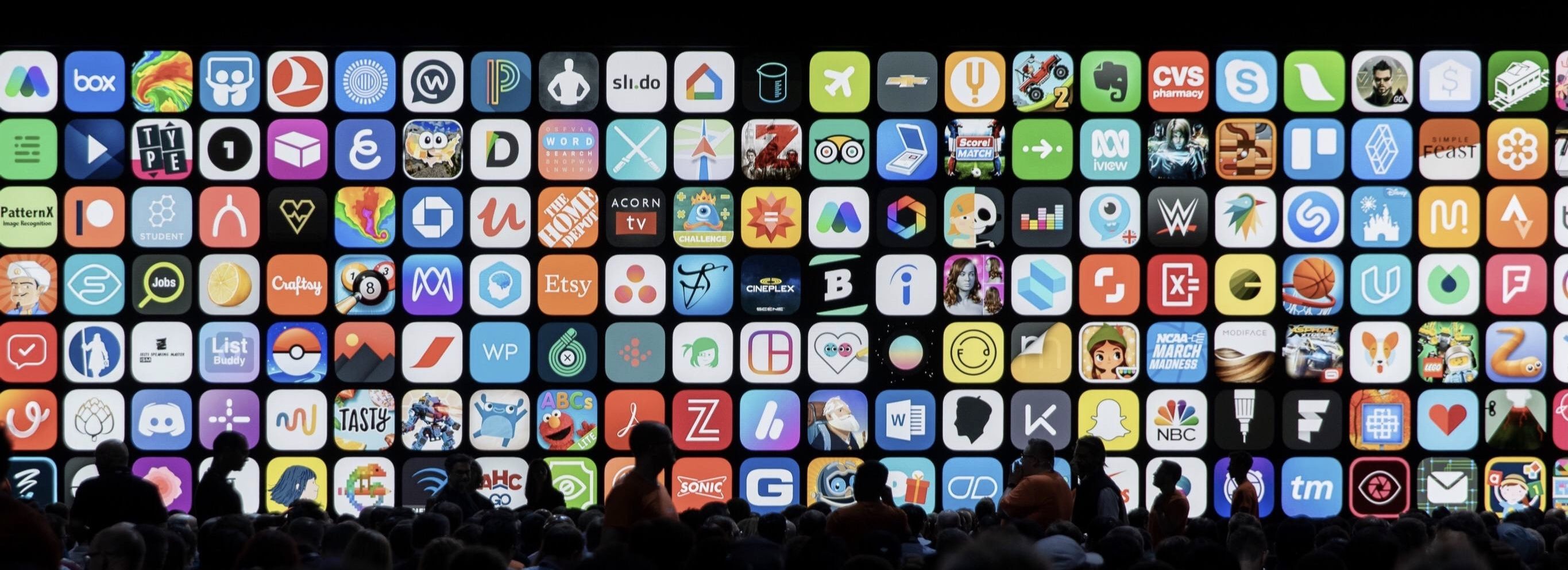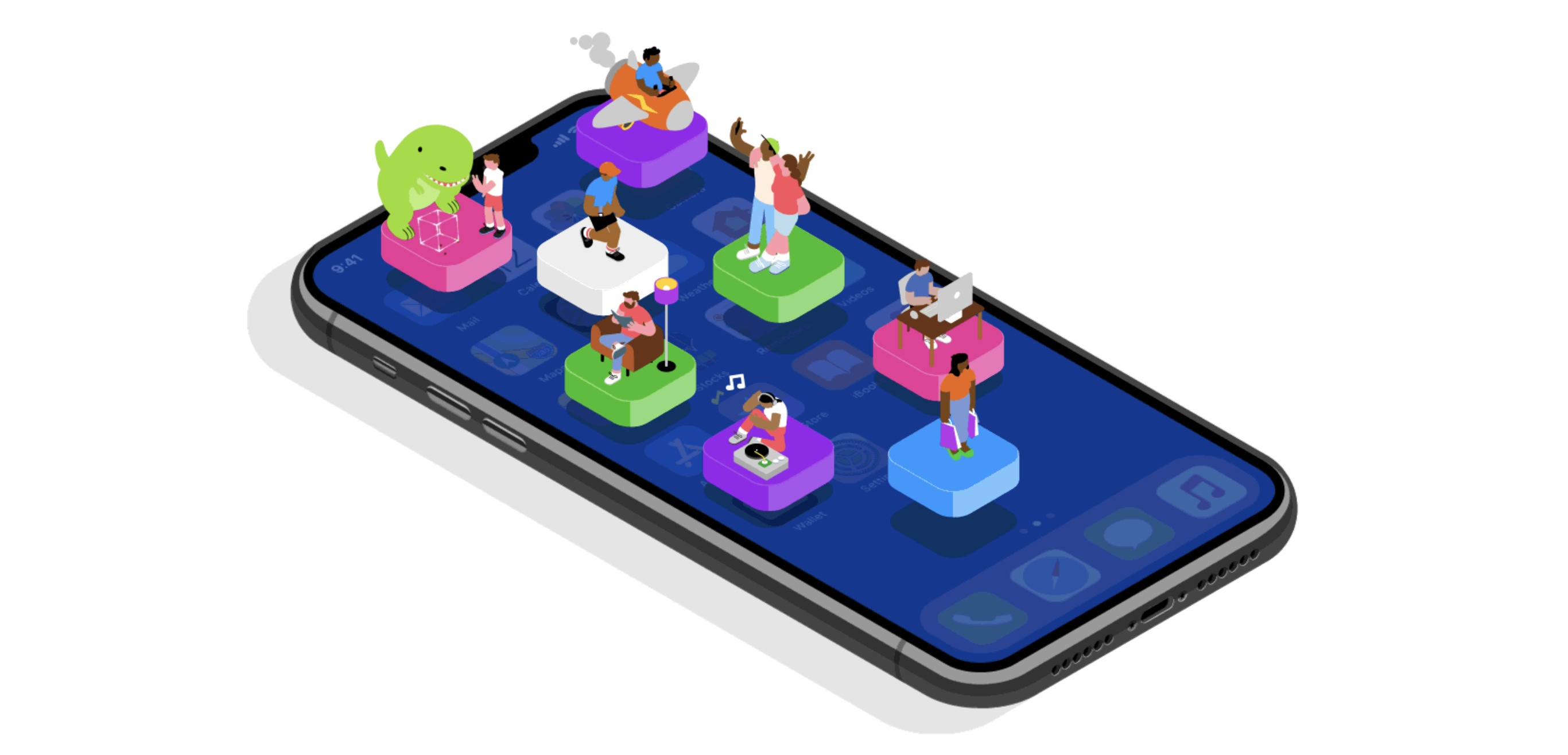Today, we’re announcing that Pinterest has entered into an agreement to transfer ownership of Instapaper to Instant Paper, Inc., a new company owned and operated by the same people who’ve been working on Instapaper since it was sold to betaworks by Marco Arment in 2013. The ownership transfer will occur after a 21 day waiting period designed to give our users fair notice about the change of control with respect to their personal information.
We want to emphasize that not much is changing for the Instapaper product outside the new ownership. The product will continue to be built and maintained by the same people who’ve been working on Instapaper for the past five years. We plan to continue offering a robust service that focuses on readers and the reading experience for the foreseeable future.
Following Pinterest’s acquisition of Instapaper almost two years ago, there was a reasonable level of concern about what that change would mean for the popular read-it-later service. From an outside perspective, however, it seems like the transition has gone smoothly – which makes today’s announcement all the more surprising.
It will be interesting to see what changes this move brings in the short-term. In the immediate future, the company has already confirmed it’s working hard on making Instapaper available in Europe again. Looking further out, the service’s business model is a big question mark. Before Pinterest came along, Instapaper offered a premium subscription option that was later discontinued post-acquisition and its features made publicly available to all users. A new subscription plan may be in the works, likely with currently unannounced new features. Only time will tell what the future holds, but in any case, it’s always nice to see an app’s development team in full control of its product’s destiny.








